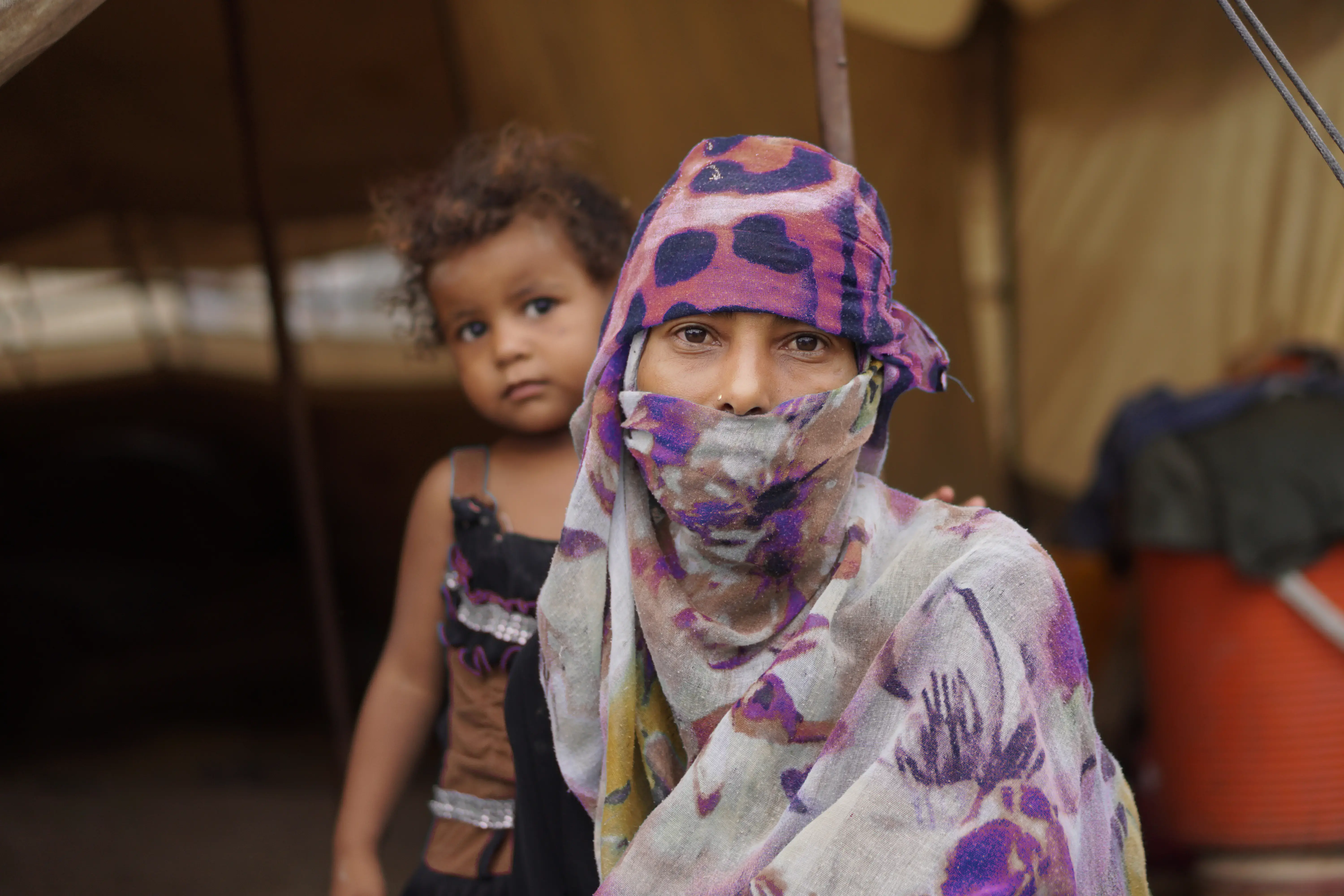Yemen remains the world’s largest humanitarian crisis and aid operation. Six years of escalating conflict, economic collapse, disease, natural disasters and the breakdown of public institutions and services have left millions of Yemenis hungry, ill and destitute. Now, COVID-19 posses an additional threat to their lives. A staggering 20.7 million people, 66 percent of the population, require some form of humanitarian assistance in 2021.
Women and girls are acutely vulnerable. An estimated 73 percent of the over 4 million people displaced in Yemen are women and children, while approximately 30 per cent of displaced households are now headed by women, compared to 9 per cent before the escalation of the conflict in 2015.
An estimated 5 million women and girls of childbearing age, and 1.7 million pregnant and breastfeeding women, have limited or no access to reproductive health services, including antenatal care, safe delivery, post-natal care, family planning, and emergency obstetric and newborn care. One Yemeni woman dies every two hours during childbirth, from causes that are almost entirely preventable.
Over 1 million pregnant and breastfeeding women are projected to suffer from acute malnutrition sometime in the course of 2021. They risk giving birth to newborns with severe stunted growth as a result of rising food insecurity.
Only half of all health facilities remain functional. The pandemic has aggravated the situation, with roughly 15 per cent of the functioning health system re-purposed for COVID-19. Only 20 per cent of functioning health facilities provide maternal and child health services due to lack of essential medicines, supplies and specialized staff. There are only 10 health workers per 10,000 people – less than half the WHO minimum benchmark, and 67 out of the 333 districts in Yemen have no doctors.
Women and girls suffered disproportionately from gender-based violence, poverty and violations of basic rights even prior to the conflict. Now, they face rising risks and vulnerabilities. Reports of various forms of violence against women significantly increased during the COVID-19 lockdown.
The protection needs are even greater for women and girls who are displaced. With limited shelter options and a breakdown in formal and informal protection mechanisms, women are adopting negative coping mechanisms to survive, including child marriage, human trafficking, begging and child labour, among others. A UNFPA study across three governorates showed that rates of child marriage were highest among displaced populations; with 1 in 5 displaced girls aged 10 to 19 being married, compared to 1 in 8 girls in the host community. According to the same study, negative maternal health outcomes were also experienced by married girls, with 1 in 10 married girls losing their baby during childbirth. Women and girls with disabilities face even a greater risk of gender-based violence in the communities and available services are not equipped logistically to accommodate their needs.
Women are under increasing economic pressure, with many struggling to provide for their families, often with limited or no prior experience in income-generating activities.
The cumulative impact of years of conflict and persistent humanitarian needs have also taken a heavy toll on the mental health of Yemenis, particularly its women and girls. An estimated 1 in 5 people suffer from mental health disorders, according to a 2017 study. However, mental healthcare remains scarce in Yemen. Mental illness is highly stigmatized, and the proportion of psychiatrists per population is insufficient.


